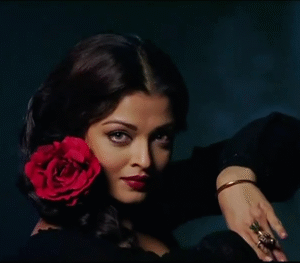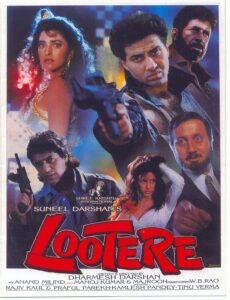Are you even a K-drama fan if you haven’t swooned over Lee-Min Ho playing Goo Jun Pyo in the famous K-drama series “Boys over Flowers”? And if that was not enough to grab your attention, I’m sure the yacht parties, the designer costumes, the funky hairstyles and of course the engaging plotline must have kept you at the edge of your seats.
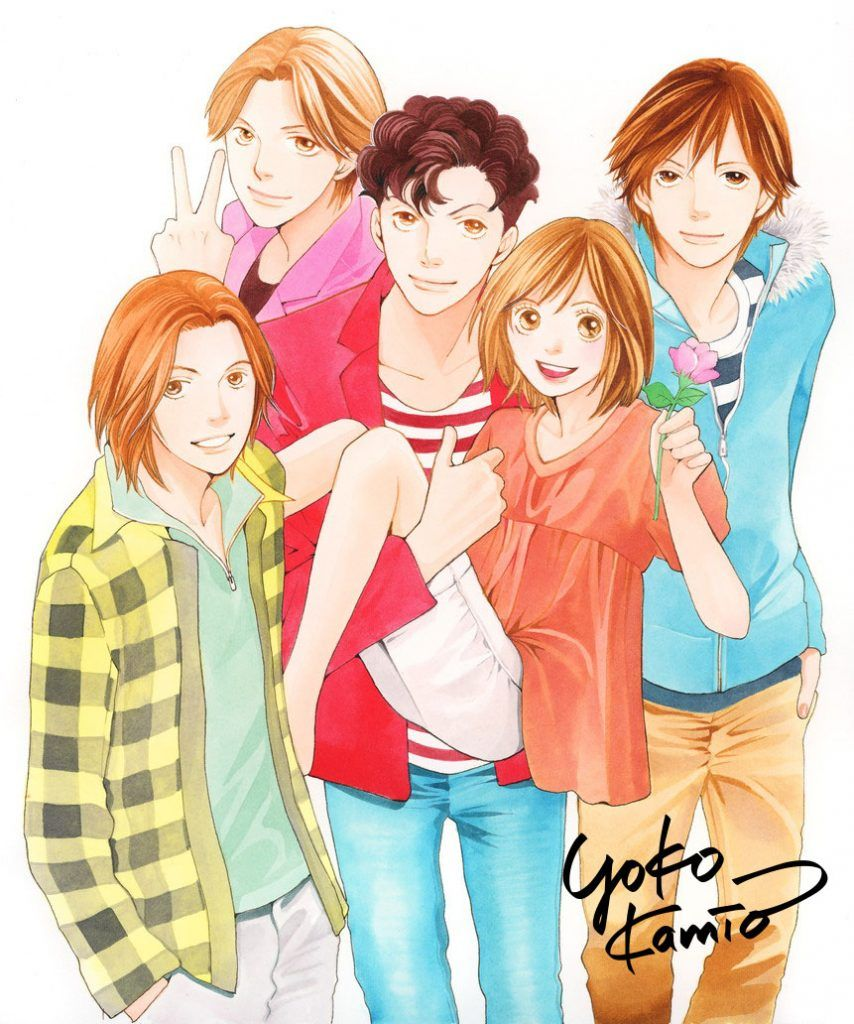
The famous Korean drama series was adapted by the equally famous Japanese Manga of the same name “Hana Yori Dango” which translates into “Boys over Flowers” written and illustrated by Yoko Kamio.
However the Korean drama is not the only live adaption of the manga series, neither is it the first adaptation of the manga.
After the release of the manga in 1992, there have been a total of fifteen live-adaptations of the manga in different languages ranging from Japanese, Korean, Taiwanese, Chinese and Thai, all of them being popular and widely acclaimed for their star-cast, cultural attributes, elaborate sets, magnanimous lifestyle, fashion and over-the-top romantic gestures. In fact, India also has its own version of the popular series which aired on channel VOOT in 2014.
Yes, Vampire Diaries is not the only series VOOT reprised.
The love and acclaim of the series defies all logic and language barriers. While you can’t exactly compare it to cheesy Bollywood romance, the drama and the grand romantic gestures are no less than the classic grand love stories beloved by the Bollywood audiences.
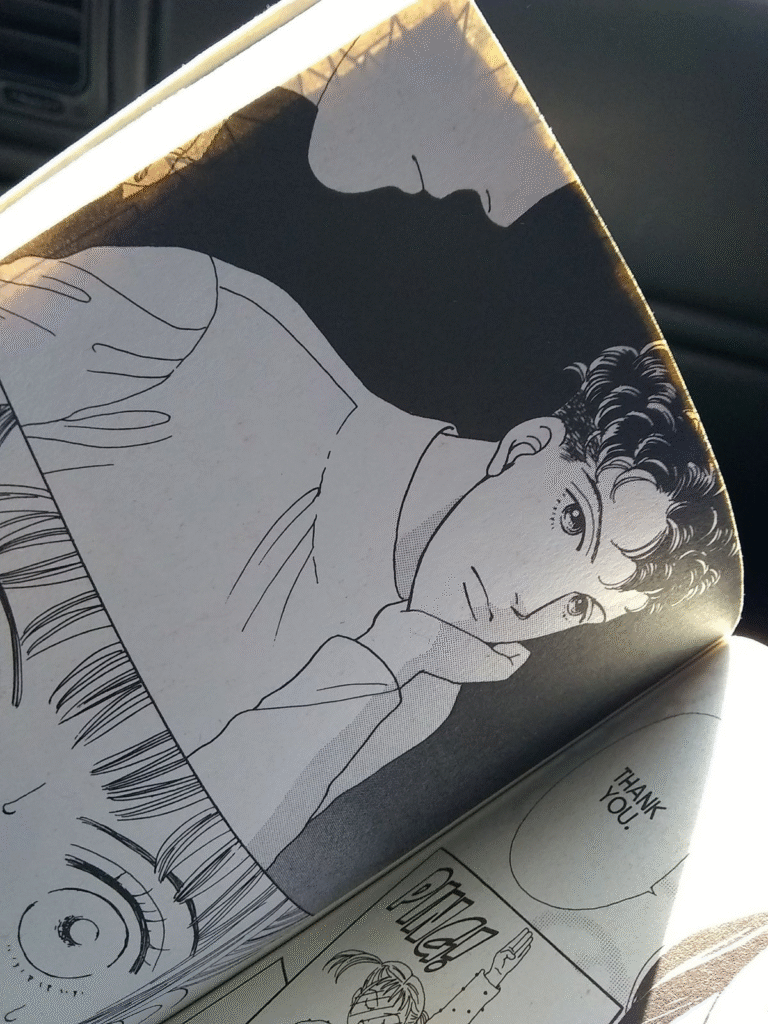
The basic plotline across the manga and all other adaptations remains the same. A brave girl from a lower middle-class family earns a scholarship into the exclusive school for the rich and gains the attention of the four most handsome and rich heirs popularly referred to as “flower 4” or “F4”. Thereafter, the male lead tries to bully the female lead into submission, fails and instead ends up being kicked right in the face. Her defiance against him leads him to fall in love with her and eventually encourages him to mend his notorious ways. This is followed by a love- triangle, some lavish overseas trips, memory loss, forced arranged marriages, a few tears and finally a happy ending.
Despite the identical plotline, all of these adaptations continue to garner great deal of attention, love and support from the audience and the media, be it the first live Japanese adaptation “Hana Yori Dango” in 1995 which was a feature film based on the manga, the worldwide acclaimed and fan favourite K-drama “Boys over Flowers” in 2009, or the recent web series which is a Thai adaptation “F4 Thailand: Boys over Flowers” which released in 2022.
Trust me, it’s addictive.
Now let’s understand the revenue model of the series and the likely IP lessons one can obtain from its success.
LICENSING STRATEGY
A good licensing strategy is imperative for maximum monetization or revenue generation from intellectual property vested in creative works.
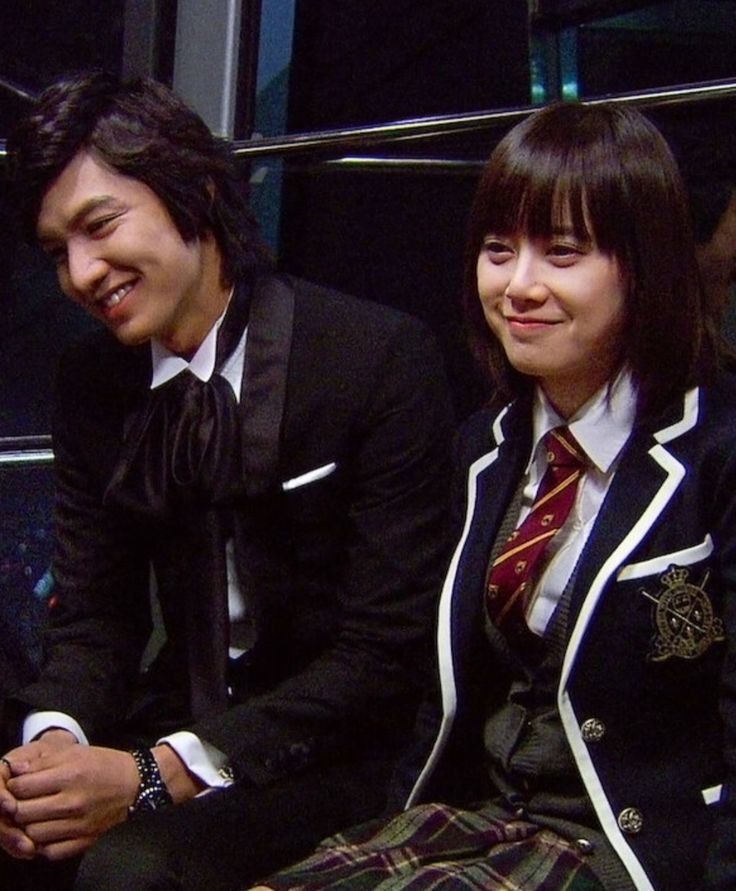
It is pertinent to note that the entire web of content creation, curation and adaptation is heavily reliant on strategically drafted licensing agreements and carefully negotiated terms which are governed by various commercial laws, ensuring the rights of the parties involved i.e. the original author and the production house.
The licensing agreements are especially important in this aspect because it provides for the structure or model for any collaboration to take place. Hana Yori Dango has been adapted into various forms of media, including anime, live-action television dramas, and films. These adaptations have not only attracted new audiences but also allowed for different storytelling approaches and interpretations of the original material. By granting licenses (including international licenses) for these adaptations, the right holders have expanded the Hana Yori Dango universe and created additional revenue streams through broadcasting rights, home video sales, and licensing deals with streaming platforms.
Furthermore, the licensing strategy for Hana Yori Dango has emphasized collaborations with established brands and franchises. By leveraging the popularity and recognition of other well-known intellectual properties, the rights holders have forged partnerships that have resulted in cross-promotional opportunities and increased brand exposure. Collaborations with fashion brands, cosmetics companies, and even theme parks have further solidified the presence of Hana Yori Dango in various consumer markets, leading to enhanced brand loyalty and increased revenue generation.
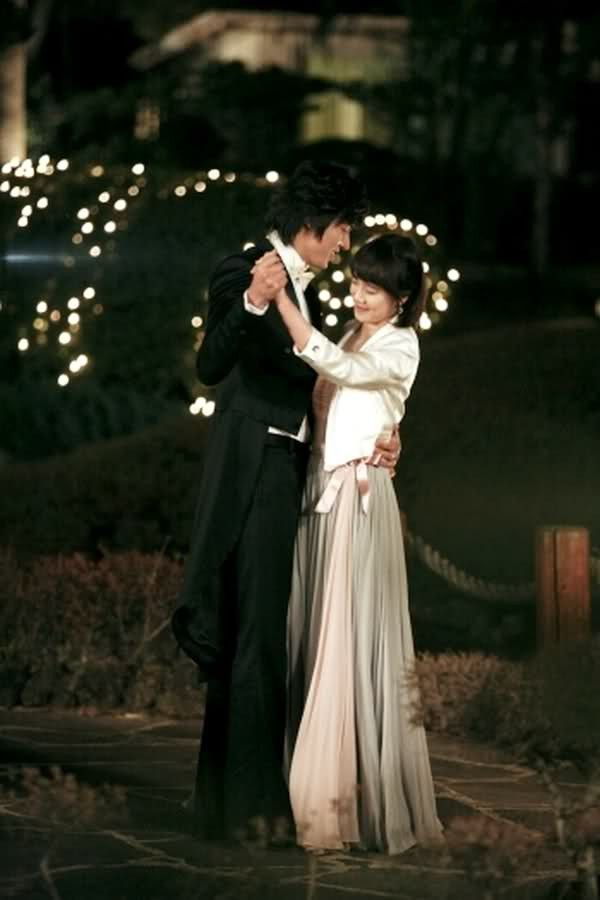
With respect to adaptations of the series in this particular scenario, it is observed that while the basic plot of the series remains the same, there are many differences across all the series due to several cultural, political and social reasons. For example, the original series “Hana Yori Dango” was written by the author keeping in mind the harsh realities of the economic crises in Japan and the enormous class difference among the labour and the elite. Through the manga, the author had critically commented on the financial issues in the society, rather than merely being stuck in the romance.
The most blatant evidence of this is the fact that Yoko Kamio’s male lead is described as a troubled youth, who relies on his family’s wealth, indulges in heavy day drinking and has probably never seen the inside of his class. He is a sadist when it comes to punishing those who offend him and has no regard for other forms of authority whatsoever.
On the other hand, the male leads in live-adaptations such as Goo Jun Pyo in the Korean “Boys over Flower” and Dao Ming Si from the 2018 “Meteor Garden” are much more tamed, invoke a sense of sympathy and childish stubbornness, making them seem harmless and even adorable to a certain extent. The difference is even more pronounced in the Meteor Garden as the male lead is portrayed to be a financial prodigy, who earns his college fees by stock trading, respects authority, and is an overall capable person with only a mildly unlikeable personality. The bullying is also toned down to the minimum with the F4 challenging their offenders to a game of bridge and punishing the losers in a comic way, such as asking them to eat a shoe or spending the night in the haunted library.
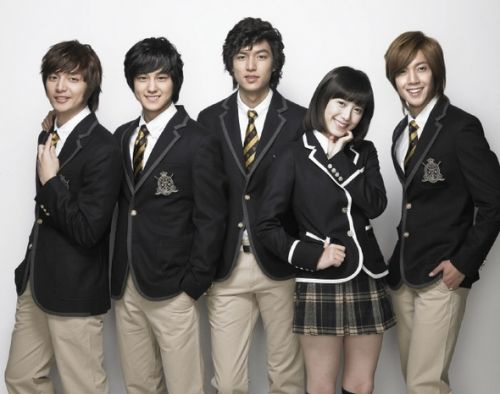
These differences create separate derivative works with the original creative work, and hence makes a good licensing strategy all the more important. Since, Hana Yori Dango has multiple adaptations, it is quite evident that Yoko Kamio has opted to enter into “non-exclusive” licensing agreements which allows multiple production companies or entities to create derivative works based on the original work. Furthermore, the author can personalize each licensing agreement, detailing the limitations or restrictions regarding the licensed work with respect to every individual licensee. Furthermore, Kamio may include provisions in the licensing agreements that require the production company to obtain her approval for major creative decisions regarding the derivative works. This would allow her to maintain control over the integrity of the characters and story, ensuring that the changes made in the adaptation align with her vision. Quality control measures can help preserve the essence of the original work while still allowing for creative interpretation.
Finally, licensing agreements can also address the use of characters and themes from the derivative works for merchandising purposes. Kamio may negotiate additional licensing rights for the production company to create and distribute merchandise based on the live adaptation and its derivative works. This would involve collaborating with licensees to produce and market merchandise that aligns with the new creative elements introduced in the adaptation.
In conclusion, the licensing strategies implemented for Hana Yori Dango have been instrumental in its commercial success and global recognition. Through strategic partnerships, diverse merchandise offerings, adaptations, and international licensing efforts, the rights holders have effectively capitalized on the franchise’s popularity and expanded its reach. These licensing strategies have not only generated substantial revenue but have also fostered a dedicated and passionate fan base. As a result, Hana Yori Dango stands as a prime example of how astute licensing strategies can propel a manga series to unparalleled heights in the entertainment industry.
CHARACTER LICENSING
Yoko Kamio, as the mangaka (manga artist) and the creator of Hana Yori Dango, is the rightful owner to all the characters, essentially the central characters i.e. Tsukushi Makino, Tsukasa Domyoji, and the F4 (Flower Four). Protecting characters is not a recent concept and the right holders must carefully decide and plan the registration/ protection of their central and supportive characters.
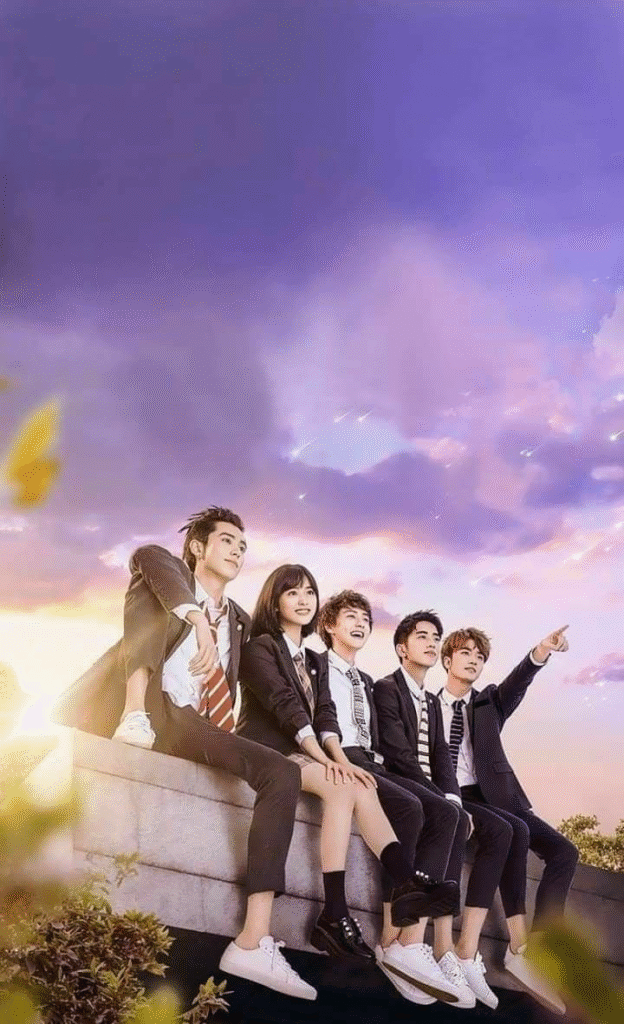
Character licensing agreements typically involve contractual arrangements that outline the specific terms and conditions of the license. These can also be a part of the overall licensing agreement, with clearly defined terms such as the duration, royalty structure, scope of adaptation and deviation, merchandising, promotional materials, royalty structures etc.
Another very important aspect with regards to character licensing when it comes to the live adaptations of Hana Yori Dango rests on the fact that since most of the adaptations are international, the production companies have created original characters to suit the needs of their local audience, based on the central characters of the show.
Additionally, it also comes with the opportunity for the production companies to create prequels or character spin-off’s in order to expand the fictional universe and maintain the interest of the audience. For example, the Thai adaptation “F4 Thailand: Boys Over Flowers” featured a prequel showcasing the love story of the supporting cast and member of the F4, MJ as he recites it to Gorya, his best friend’s beau on the show. MJ who bumps into his first love Iris, at a basketball court hides his identity as a rich heir to befriend her and eventually gets closer to her, as they continue to share KFC meals after every game irrespective of the result. The small snippets of MJ’s secret first love, acted as the perfect marketing/advertising campaign for the fast food chain “KFC” and is also a great example of brand placement.
In this scenario the audience despite being aware of blatant brand placement, cannot help but continue to watch the snippets, because of the sudden spotlight and fan sentiments attached with the otherwise, muted character in the series.
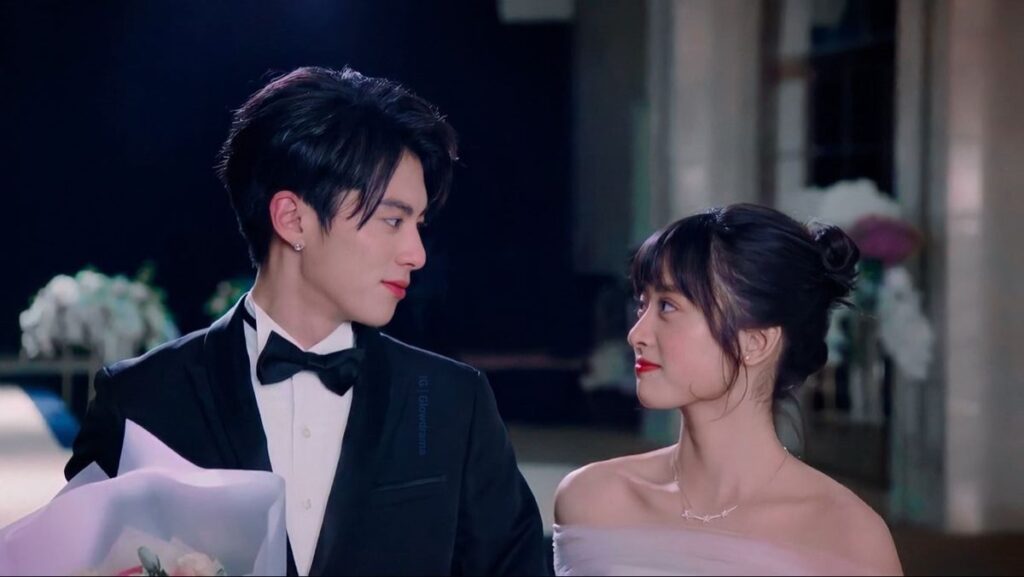
Character licensing therefore, provides production companies with a valuable marketing and promotional tool. The use of recognizable characters in trailers, posters, and other promotional materials helps to generate buzz and excitement around the adaptations. Fans are more likely to be interested in a live-action version or a new interpretation of a story they already love, making it easier for production companies to attract attention and generate media coverage.
TRANSFORMATIVE WORKS
The manga series has also served as a rich source of inspiration for transformative works, showcasing the dynamic relationship between the original manga series and the creative contributions of its passionate fan base.
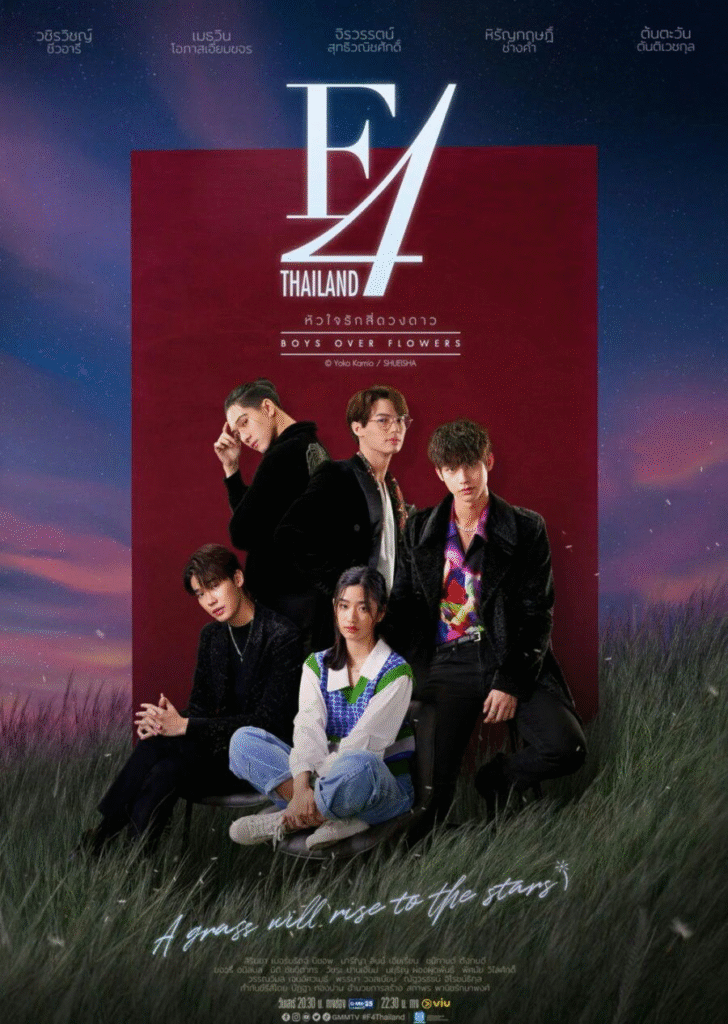
One of the most prevalent forms of transformative works inspired by the manga is fanfiction. The fan written narratives explore alternative, plot lines, character relationships and even introduce original characters by engaging in fanfiction. Fans actively participate in the creative process, expanding and reimagining the Hana Yori Dango narrative beyond the boundaries set by the original plotline.
Other forms of transformative work also include cosplay and fan art. Cosplay allows the fans to embody their favourite characters through costume and performance. It not only serves as a celebration of Hana Yori Dango but also fosters a sense of community among fans who share a common passion for the series.
Fan art on the other hand showcases the diverse artistic styles and interpretations offering unique perspectives on the manga series, universe. Social media platforms and online communities have become hubs for sharing and appreciating fan art, allowing artists to gain recognition and further contribute to the vibrant fandom surrounding the series.
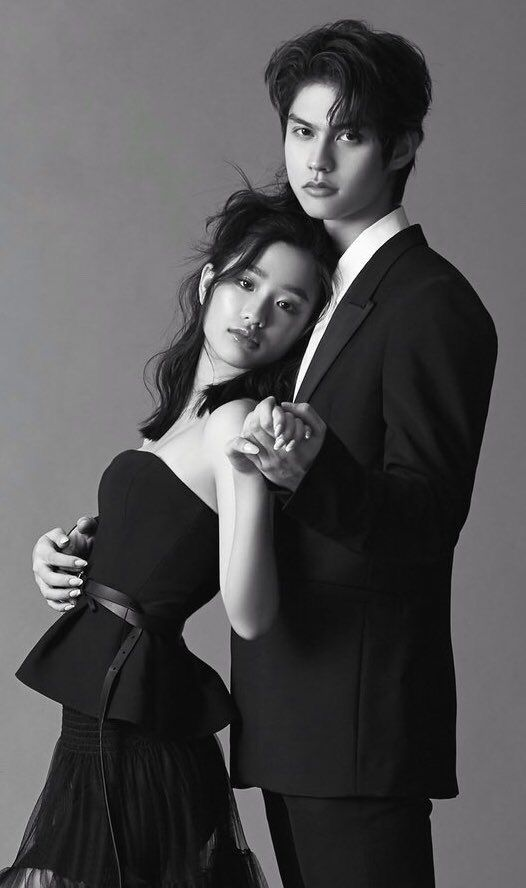
However, it is also important to acknowledge the legal complexities surrounding transformative works. Right holders, must balance the protection of their intellectual property with the understanding that transformative works can contribute to the continued relevance and success of the franchise. Some rights holders choose to embrace transformative works, recognising the positive impact that have on fan engagement and the series’ overall visibility, while others may enforce, stricter copyright policies, leading to potential conflicts between right holders and fans.
Yoko Kamio has effectively embraced the wide popularity of her series, and heavily benefited from the attention it garnered over the years. While doing so, she has effectively created an environment for her fans to interact with the characters and the series in an intimate or personal manner. By leveraging the popularity and recognition of other well-known intellectual properties, Kamio has forged partnerships that have resulted in cross-promotional opportunities and increased brand exposure. Collaborations with fashion brands, cosmetics companies, and even theme parks have further solidified the presence of Hana Yori Dango in various consumer markets, leading to enhanced brand loyalty and increased revenue generation.
In conclusion, Hana Yori Dango provides valuable lessons for the intellectual property landscape. It emphasizes the significance of fan engagement, strategic licensing, international expansion, creator rights, transformative works, cross-promotion, and the delicate balance between enforcement and fandom support. By understanding and incorporating these lessons, the intellectual property landscape can evolve to better embrace fan creativity, maximize commercial potential, and protect the rights of creators in a rapidly changing media environment.


